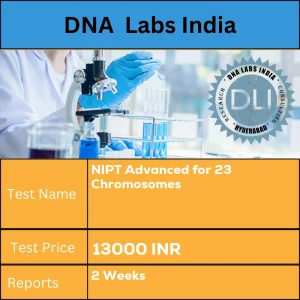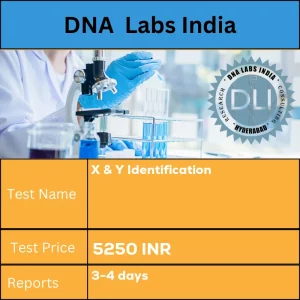Congratulations! You’re 10 weeks pregnant, a significant milestone in your pregnancy journey. This trimester is often filled with a whirlwind of emotions, physical changes, and exciting firsts. Let’s delve into what to expect at this stage, focusing on the informative 10-week ultrasound.
10 Weeks Pregnant
The first trimester is flying by, and you’ve officially reached the end of the second month. Your body is working hard to nurture a tiny miracle, and this week marks a turning point. Many women experience a surge of energy during this time, feeling more optimistic and excited about the coming months.
10 Weeks Pregnant Baby
Your baby, though still small, is developing rapidly at 10 weeks. They’re now about the size of a large grape, measuring around 3 centimeters (1.2 inches) from crown to rump. This tiny wonder is starting to look more human-like, with developing facial features, tiny limbs, and even the beginnings of forming fingers and toes. Their heart, a marvel of nature, is already beating strong at a rate much faster than yours!
10 Weeks Pregnant Baby Size
As mentioned earlier, your baby is around 3 cm long at 10 weeks. It’s important to remember that this is just an average, and some babies may develop slightly faster or slower than others. Don’t be alarmed if your doctor’s measurements differ slightly – all that matters is healthy growth!
10 Weeks Pregnant Symptoms
While some women experience a period of increased energy around 10 weeks, others may still be dealing with common first-trimester symptoms like nausea, vomiting, and fatigue. Morning sickness can be particularly bothersome, and dietary changes or medication can help manage it. Food cravings and aversions are also prevalent during this time. Listen to your body and choose healthy foods that keep you feeling your best.
10 Weeks Pregnant Months
Although we often talk about pregnancy in weeks, it’s helpful to understand it in months as well. Ten weeks translates to two and a half months pregnant. You’re still very much in the first trimester, which ends at 12 weeks.
10 Weeks Pregnant Ultrasound
The 10-week ultrasound is often your first glimpse of your little one on a screen. This exciting appointment uses sound waves to create a real-time image of your developing baby and the placenta. During the ultrasound, your doctor will be able to:
- Confirm a viable pregnancy and check for a heartbeat.
- Measure your baby’s crown-rump length to assess growth.
- Examine the location of the placenta.
- Check for any potential abnormalities (although major concerns are less likely to be detected this early).
10 Weeks Pregnant Belly and Bump
At 10 weeks, your uterus is still growing within your pelvis, so you likely won’t see a noticeable baby bump yet. However, some women may experience slight bloating or fullness in their lower abdomen due to hormonal changes.
10 Weeks Pregnant Ultrasound: A Window into Your Journey
The 10-week ultrasound is a significant milestone in your pregnancy journey. It offers a reassuring glimpse of your developing baby and provides valuable information for your doctor. Remember, this is just the beginning of an incredible adventure. Embrace the changes, ask questions, and enjoy this exciting time!






